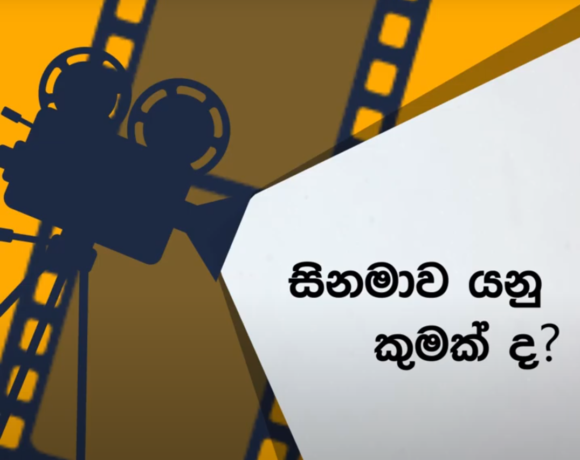
Public Consultation on Constitutional Reforms
Dhanushka Silva
The constitution is the supreme and basic law of a country. It is the base document that distributes the sovereignty of the people into diverse institutes. Indirectly, the constitution is an instrument that integrates people’s sovereignty and directs people’s power for governance.
The constitution generates from people’s power. It asks for people’s consent. A constitution can be built without consulting public opinion. However, such a constitution will not sustain people’s consent in the long run.
The modern constitutional experts say that public consultation is essential for constitution building. Examples of the phenomenon are the South African constitution of 1990, Indian constitution in 1947, and the present Bangladesh constitution. The common factor for all these three constitutions is that they were created through public consultation, and they were strong enough to sustain. South African constitution can be considered the best one in the modern democratic world. It was the basis for the nation-building in South Africa that was recovering from divisions caused by a brutal apartheid regime and a bloody conflict. The process of constitution building extended upto six years. The discussion on the nature of the constitution was cordial throughout this period. Consultations from the minority communities, unprivileged sections and indigenous people were obtained before compiling the constitution’s principles. The officials who were responsible for the constitution-making process, directed questions throughout the process, even to the illiterate people. They used methods such as drama, cartoon, paintings and sign language. The creator of India’s constitution, Dr. Ambedkar also followed a similar process to a certain extent.
The constitution valid now in Sri Lanka was developed in 1978 as the third constitution of the country. We can identify some common factors in all these three constitutions. One major factor is that all three were drafted without proper public consultations. Present 1978 constitution is an election promise delivered at 1977 election. Its founder J.R. Jayawardana argued that a developing country cannot create political stability through the parliamentary system. He introduced the executive presidency. The constitution did not represent public views, and it was passed within one year. The writer explained several fundamental problems of this constitution briefly in his article ‘Why do we need a new constitution?’
Dr. N.M. Perera raised the issue of public consultation in terms of 1978 constitution in his book “A Critical Analysis of the new Constitution of the Sri Lankan Government”. He argued that a constitution made without considering public opinion would one day be rejected by people. Since the decade 1990, politicians listened to the people’s voice against the 1978 constitution and raised the need for a new constitution. In 2001, a basic draft was compiled, but it did not include public opinion. The next attempt to make a constitution based on a public consultation was started in 2015. Although the government could not make the new constitution a reality, the Public Consultation Committee report can guide future constitution building processes.
It was the first time in Sri Lanka’s history that public consultation was conducted to draft a constitution. The report reflects the views of 5,000 citizens. The present government has appointed a committee headed by President’s Counsel Romesh de Silva to draft a new constitution.







